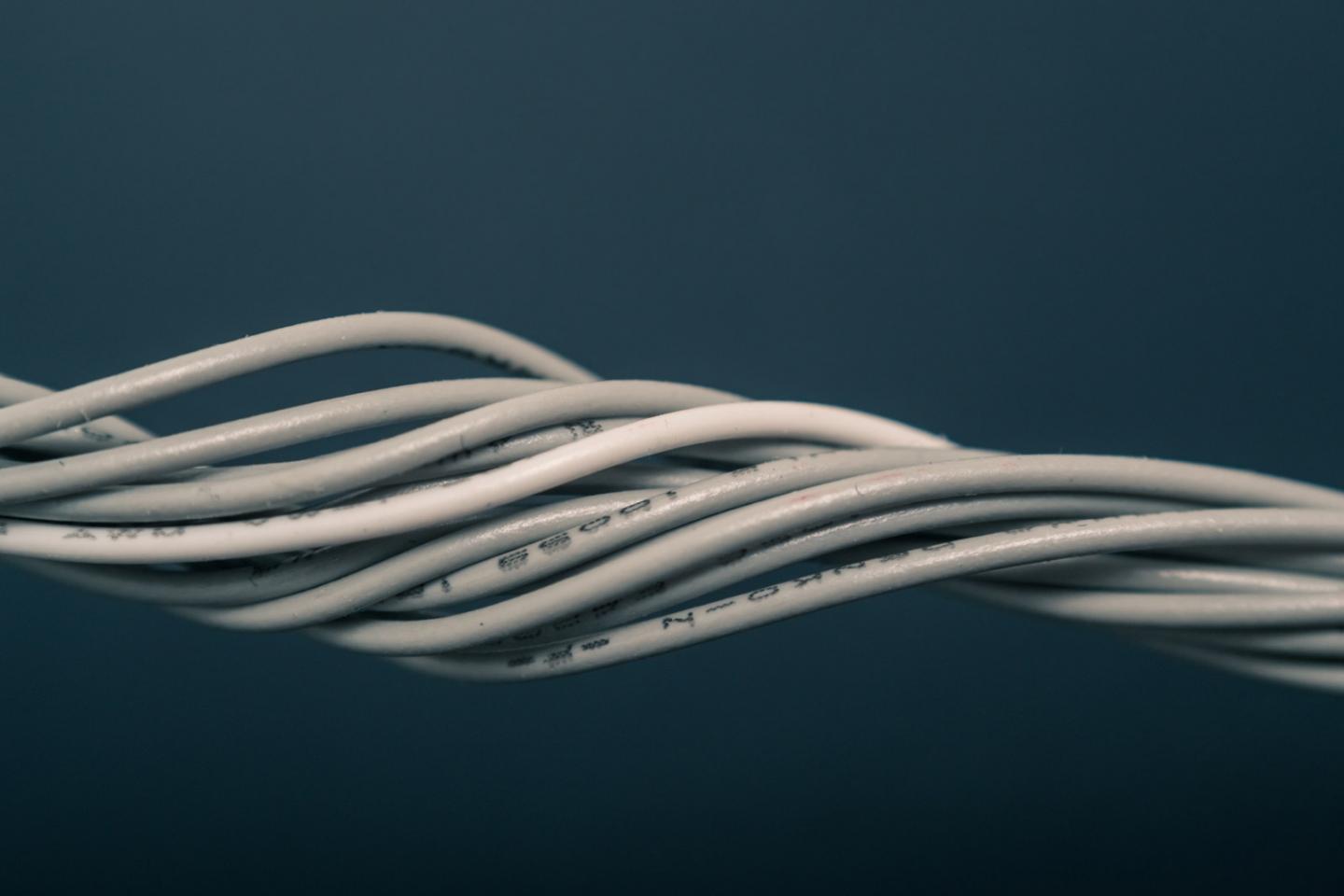
Credit: Photo by Steve Johnson
News Release — Logan, UT — Apr. 16, 2021 — A team of researchers from Utah State University’s Power Electronics Lab have developed a DC current-to-DC voltage power converter. This converter is equipped for long distances and minimal maintenance, making it particularly useful in underwater power distribution networks.
Tarak Saha, a recent graduate of USU’s electrical engineering PhD program, designed the converter. Three other researchers, including recent PhD graduate Anindya Bagchi and electrical and computer engineering faculty Hongjie Wang and Regan Zane, added other operational aspects to Saha’s design and helped him build and test it. Their work was recognized with a patent in early March.
Scientists have been interested in building power networks on the ocean floor for years and for a number of reasons: ocean exploration, marine resource development, earthquake and tsunami monitoring etc. But because these networks often include a main power supply tens or hundreds of miles away on land from the sensors on the seabed, the technology needs to be equipped for long distances. DC current source is the most efficient option for long-distance transmission, but there aren’t many converters that are designed to operate using DC current source as their input.
“Traditionally, power converters are designed for voltage sources, and there are well-established power converters to deal with these types of inputs,” said Saha. “However, there are only a few converters available or suitable for use with a DC current source as input.”
Just as important as the converter’s input is its output. Currently, most of these seabed sensors are designed to operate from a DC voltage source and cannot be directly powered by a current source.
“This work provides a power converter architecture that naturally converts a DC current source to a DC voltage source drive, and it maintains its voltage source output characteristics over a wide range of power levels,” said Saha. “This makes the converter suitable to be used across different types of sensors on the seabed, whose voltage and power requirements could vary over a range.”
###
Read about other operational elements that make this converter useful for underwater systems.
Tarak Saha and Anindya Bagchi both completed PhDs in electrical engineering last year. Saha is now a lead engineer in power electronics division at the General Electric Global Research Center in Niskayuna, NY. Bagchi is an intern with Airity Technologies in Redwood City, California.
Media Contact
Dr. Tarak Saha
[email protected]
Original Source
https:/





